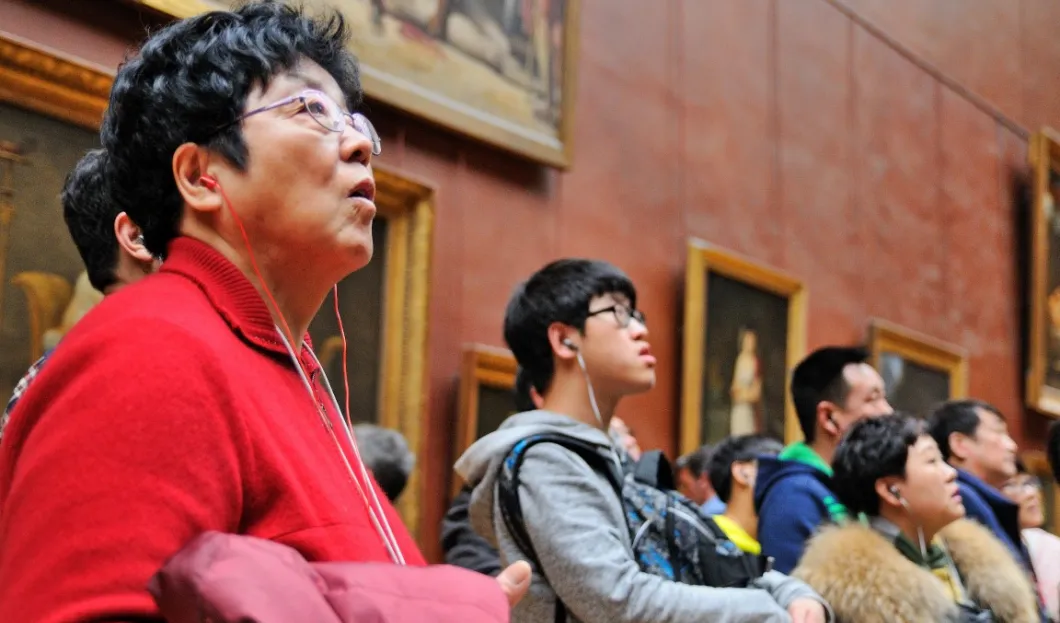
Chinese tourists are travelling as never before and Paris is one of the main European goals of the tourism boom. The French capital attracts visitors with its museums as well as luxury shops. Their rapid inflow in recent years is viewed in two perspectives. On one hand, their presence is a huge boost for the French economy. But on the other, Paris citizens are complaining that clashes of culture in the city are changing its very nature. So, what exactly is happening in Paris?
During the current difficult times for Paris, a city racked with terror attacks, strikes and affected by floods, Chinese visitors continue streaming to the City of Love with enthusiasm. For them, Paris is still extremely attractive. At times, some parts of the city look more like downtown Beijing. Last year, nearly 2 million Chinese tourists visited Paris and spent over 1 billion euros. The impact is huge, but there are issues connected to cultural differences between these masses and the locals.
Specific Breed of Tourists
Firstly, it is important to note that Chinese (and overall Asian) tourists are a very specific travelling group. The tourism boom of Chinese visitors can be observed especially in Europe. The growing wealth of the Chinese and huge population means that many visitors in the travel groups are overseas for the first time and perhaps for the last time. To a certain extent, it’s a trip of a life time for them. They travel for approximately 20 days and attempt to visit as many countries as possible. This means that they are in an extreme hurry and can sacrifice only a certain period of time for each stop.
On average, these trips cost about $7000 per person, of which nearly half is spent in stores. The average Chinese tourists in France spend more on shopping than food, entertainment and accommodation combined. Returning hope with luxury goods is a source of satisfaction for Chinese visitors, who thus have a lot to talk about upon their return.
Unsurprisingly, the Gallery Lafayette is the first thing to be visited for them after the Eiffel Tower. The Gallery now also has a dedicated entrance just for Chinese tourists. That said, they count for up to half of luxury brand sales worldwide as of now. 85% of these purchases are made in Europe or the US. Thus, it is not surprise that tour guides keep Chinese customers in stores far longer than at museums or monuments, as they are paid big commissions for this.

Cultural Clashes and Decay
The fact that many Chinese tourists visit Europe as a once in a life time experience, however, leads to cultural clashes. Some have been documented on social media, like the man who had a bath in a Venice Canal or a student who graphited his name on an Egyptian temple etc. It would be prejudicial to say that Chinese tourists are worse than other, because this is simply not true. This is more a matter of culture and occasional misunderstanding of local customs. Tour operators have little interest in educating clients about French customs or culture. For them, the Chinese market is mainly a matter of money and numbers.
Clashes over cultural differences is one issue of Chinese tourism boom in Europe. Another is the decay of local cultures. The center of Paris used to be filled with bars, restaurants and traditional French bistros. In the past years, however, the trend has been changing. People in the streets started selling their businesses to the Chinese for astonishing amounts. Now, streets such as Rue de Provence are full of Chinese restaurants and duty-free shops.
It is difficult to say how the situation might develop, but if Parisians are worried about too many Chinese now, they should get ready for more. Authorities of Paris want to welcome 5 million Chinese visitors a year. This should not be too difficult to achieve. Only 7% of the Chinese has a passport as of now, but the interest in travelling is growing year by year. The gateway between China and the world has been open and there is a lot for everyone to learn about each other in the future.









